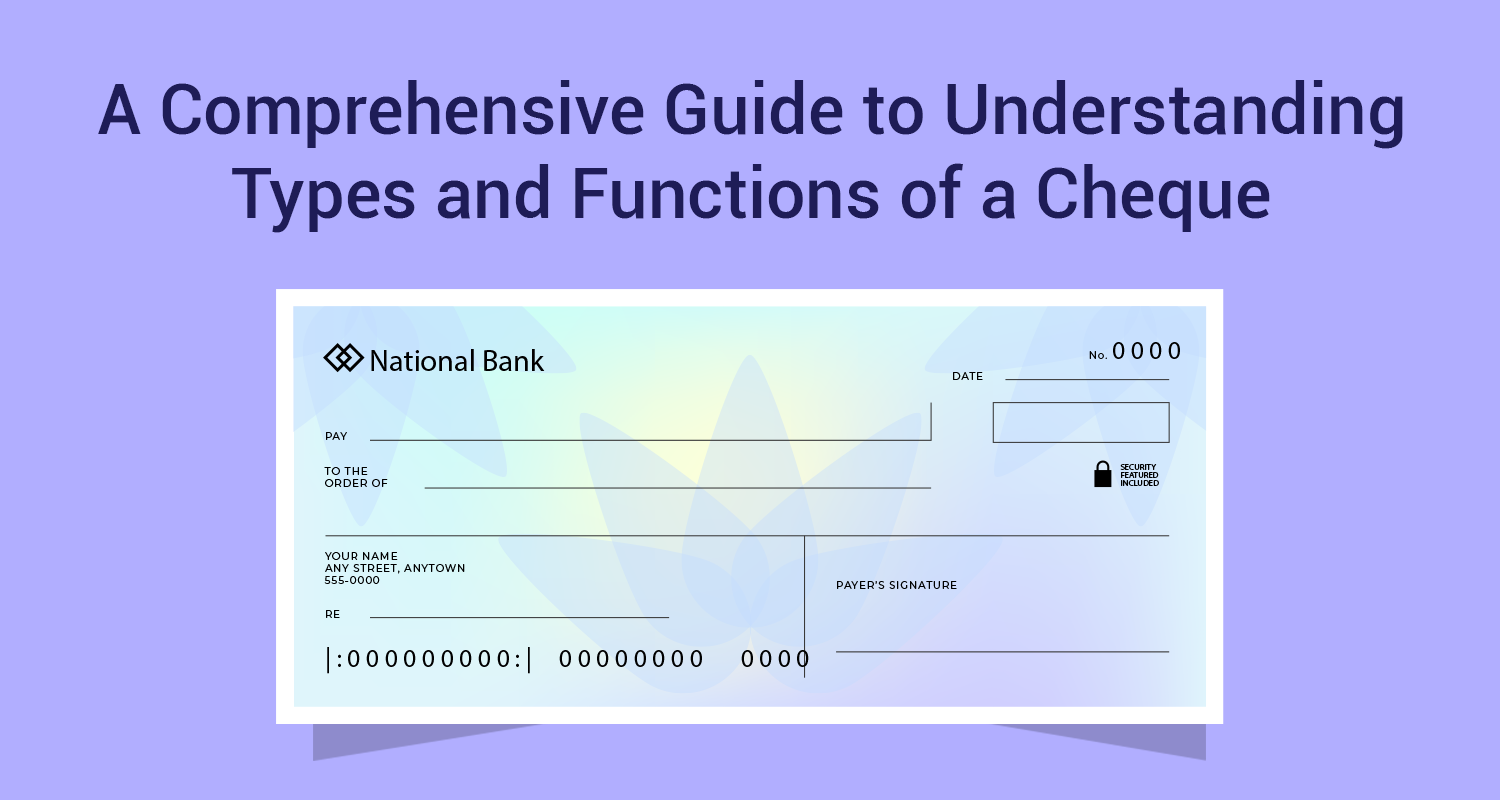Which Is Better among ULIPs and SIPs of Mutual Funds?

When the government announced its Union Budget 2018, there was a big debate on whether ULIPs had once again become attractive? The reasons were not hard to seek. The budget had imposed at 10% tax on long term capital gains on equity funds. What is more, this would be a flat rate of tax on the entire capital gain without the benefit of indexation. On the other hand, there was no such tax on ULIPs. To better address this point; let us consider a comparison of ULIPs and SIPs of mutual funds across key parameters.
ULIP Has an Insurance Component, Mutual Fund Does Not
A ULIP is basically a combination of insurance and a growth investment at the same time. When you pay premium on ULIPs, a part of it goes towards providing you an insurance cover and the rest is invested in combinations of debt and equity based on your choice. A mutual fund does not have an insurance component. But that need not really be a constraint because you can always buy a mutual fund SIP and take a term insurance plan from an insurance company separately.
Transparency and Disclosure Levels in MFs and ULIPs
This is one area where the mutual funds definitely score over the ULIPs. While ULIPs are required to disclose their NAVs on a daily basis, there are a lot of grey areas. Firstly, the portfolio disclosures are not as transparent and comprehensive as in the case of mutual funds. Secondly, the loading is very high in ULIPs (we will discuss that later) but the exact break-up of the loading is not available. In case of mutual funds, not only are portfolio disclosures and analytics of the highest order, but the Total Expense Ratio (TER) has to be spelt out clearly in the fact sheet.
How the Compare on Tax Benefits?
If you are buying a ULIP, then the premium paid is eligible for exemption under Section 80C of the Income Tax Act up to an outer limit of Rs.1.50 lakhs. This benefit is not available if you are doing SIP in diversified equity funds. However, if you do SIP in ELSS (Tax Saving) schemes, then you get the benefit of the Section 80C benefit. There is an added advantage in ELSS schemes. The lock-in period for ELSS is just 3 years whereas ULIPs have a lock-in period of 5 years.
How They Compare on Liquidity?
That is one area where mutual funds definitely score over ULIPs. If you are doing a SIP on diversified equity funds then these funds are liquid from Day-1 itself. You can redeem these funds at any point of time and get the funds into your bank account latest by T+3 day. ELSS funds are locked in for 3 years but ULIPs are locked in for 5 years. Even after the lock-in, when you redeem your ULIPs, it takes up to 7-8 days for the money to be credited to you account.
How Do They Compare on Profitability?
What is more productive; a ULIP or SIP on mutual fund? Obviously, these are specific considerations and cannot be compared straight away. However, there is something very important we need to understand about loading in ULIPs. For example, in the first 5 years, a substantial portion of your premium goes away towards costs, although it gradually reduces over time. That is why even in good market conditions, it takes about 5-7 years for a ULIP to break even. That is assuming that markets are supportive. To be really profitable and earn above market returns, one needs to stay invested in ULIPs for at least 10-15 years. That makes it a very long range product. The situation is a lot more comfortable in the case of mutual funds. Additionally, when you are doing SIP on equity funds you also get the benefit of rupee cost averaging (RCA).
Finally, Mutual Funds Are a Better Fit into Your Personal Financial Plan
That is, perhaps, the most important factor where MF SIPs score over ULIPs. The entire concept of combining insurance and mutual funds into one product is against the grain of financial planning. In fact, financial planning requires you to buy term policies to cover life risk and then use SIPs on equity funds to grow wealth. The problem with ULIPs is that they combine insurance and growth into one product. That also makes ULIPs vulnerable to mis-selling as investors are not able to grasp where insurance begins and where the growth fund ends.
In a nutshell, the idea of combining a mutual fund SIP with a term policy is a better choice than opting for ULIPs. You not only get flexibility and liquidity but you break even earlier due to the lower costs in mutual funds.
Disclaimer : The information in this blog is for general purposes only and may change without notice. It does not constitute legal, tax, or financial advice. Readers should seek professional guidance and make decisions at their own discretion. IIFL Finance is not liable for any reliance on this content. Read more



